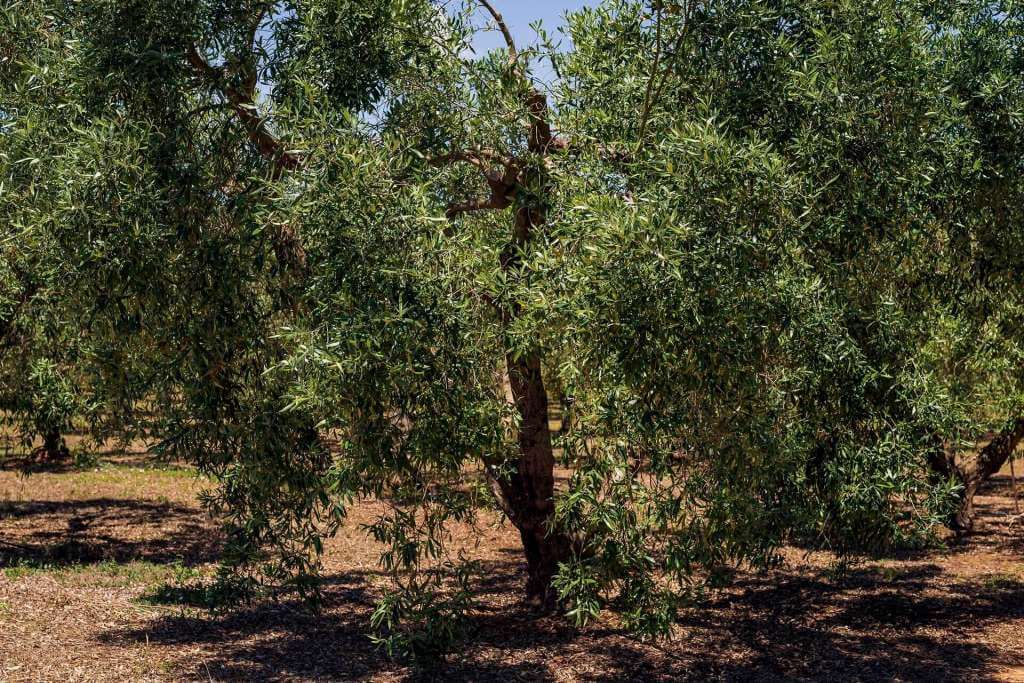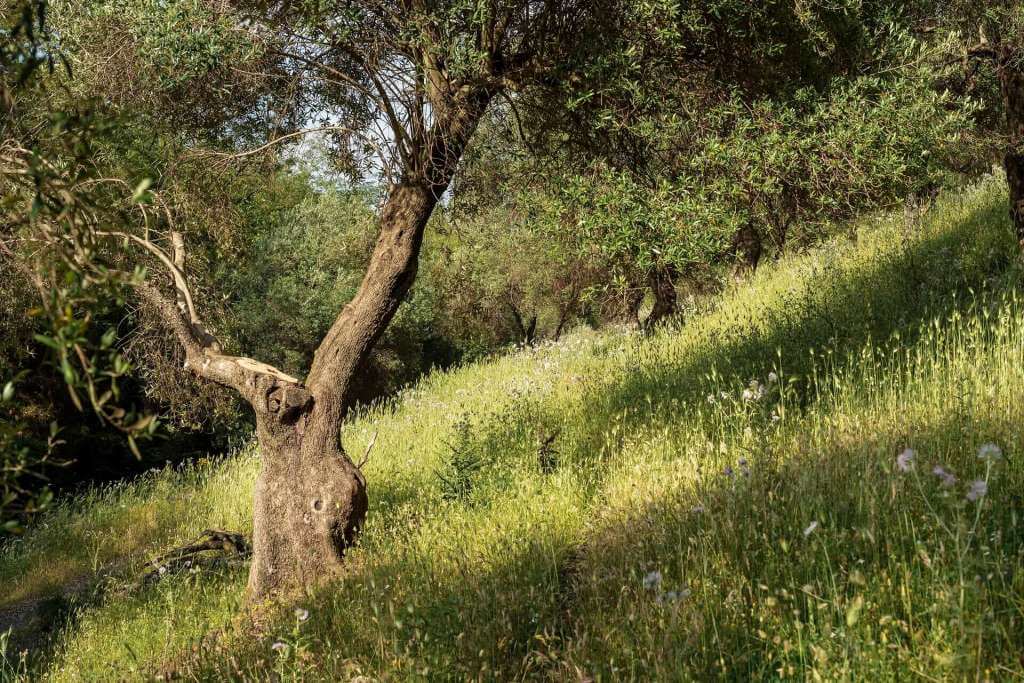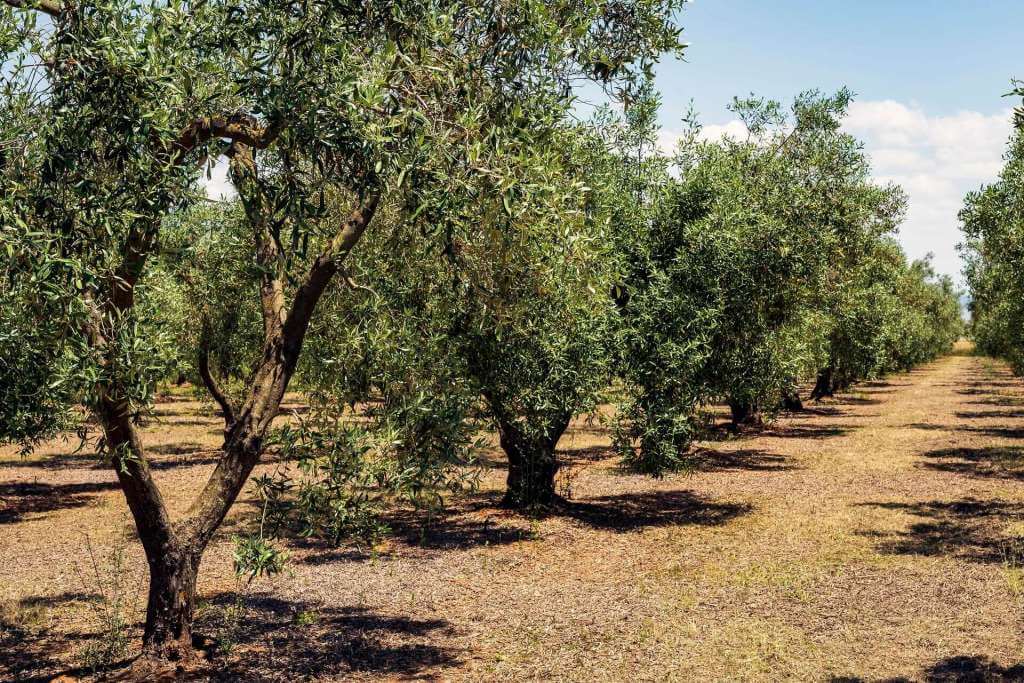One of the characteristics of the olive is its longevity and its resistance to adverse weather conditions such as fires, frosts, drought.
Pruning is fundamental not only for reconstructing plants following such traumas, but also and above all to favor their fructification and to raise the olive in a rational way.
It is important to emphasize that pruning is applied differently depending on the climate, the density of the plant and the same variety. Below we provide some general indications, which do not presume to be exhaustive of the subject, result of our experience handed down for generations.
Pruning in general
There are different types of pruning:
- depending on the purpose
- one of formation, which serves to establish the structure and form of the foliage and to favor the entry into production of the olive tree, practiced up to the fourth year of life and, then of maintenance, aimed at maintaining the shape obtained and counteracting the vegetative disorder;
- one of production, performed every two years to achieve a good vegetative-productive balance;
- a possible correction, to adapt the plant to new collection and breeding systems.
- based on the collection system
- using a manual harvest is preferable to opt for a tree-like pruning and a medium to low stature;
- in the case of a mechanized harvest, the pruning will vary according to the vibrator or shaker that is used, generally preferring higher branches since the vibrations are effective on the end parts.
- according to the structure of the foliage, to name a few:
- polyconic vase: from the trunk there are three or four branches with an initial inclination of about 45°, which later straighten upwards; the vegetation is sparse in the upper part and more conspicuous in the lower part, making each branch take on the appearance of a cone;
- ipsilon: from the trunk start two main inclined branches of about 30°-35° on which are inserted secondary and tertiary branches of decreasing length from the bottom upwards, to form the flattened shape that reminds, precisely, the letter Y
- orb: it looks like a trunk from which some branches, more or less branched irregularly, form a thick crown and support the natural habit of the variety;
- bush-shaped vase: it is obtained by placing the plant at a height of 60-80 cm from the ground, leaving 3-4 branches inclined towards the outside and making the branches fall to the ground;
- monocono: numerous and short branches diverge rom the single cone, thus becoming an ideal setting for mechanized specialized olive groves.
When to prune? Usually it is pruned after the harvest, in case of mild winters, when the plant is in vegetative rest and the climatic conditions do not damage the bark. O n the other hand, in areas characterized by harsh winters, a later pruning is chosen to avoid damage caused by sudden and unexpected drops in temperature. However, slight curvature, ligation and inclination of the branches and removal of the suckers can also be necessary in summer.
How to prune? Proceeding from top to bottom, the branches are eliminated in the structural prunings, the suckers that grow on the trunk and on the main branches in the form of long straight branches. This process stops by the time shoots, that originate from the trunk or from the base of the olive tree, are reached.
Saws, hatchets, well sharpened scissors and chainsaws can be used by applying a clear-cut. The cut has to be applied near the branching that holds the one to be eliminated. Later the trunk or the base of the olive tree has to be disinfected with copper or mastic.
Our experience
By the 50s, the pruning was already introduced in the family farm. This happened when Enrico, my father-in-law, called experts pruners coming from Tuscany, who launched agronomic techniques that were absolutely unknown in the Aletzi olive groves.
In those days pruning was not yet considered as a system that could favor the characteristics of production and facilitate collection methods which, instead, were only manual.
Today our pruning techniques are geared towards two objectives: adapting live trees to innovative harvesting methods and guaranteeing a continuity of production, thus limiting the phenomenon of alternation. In addition, the use of pruning tools such as electric chainsaws and scissors makes the operator’s work easier, reducing fatigue. On the other hand, from an ecological point of view, pruning tools were essential in limiting pollution.


